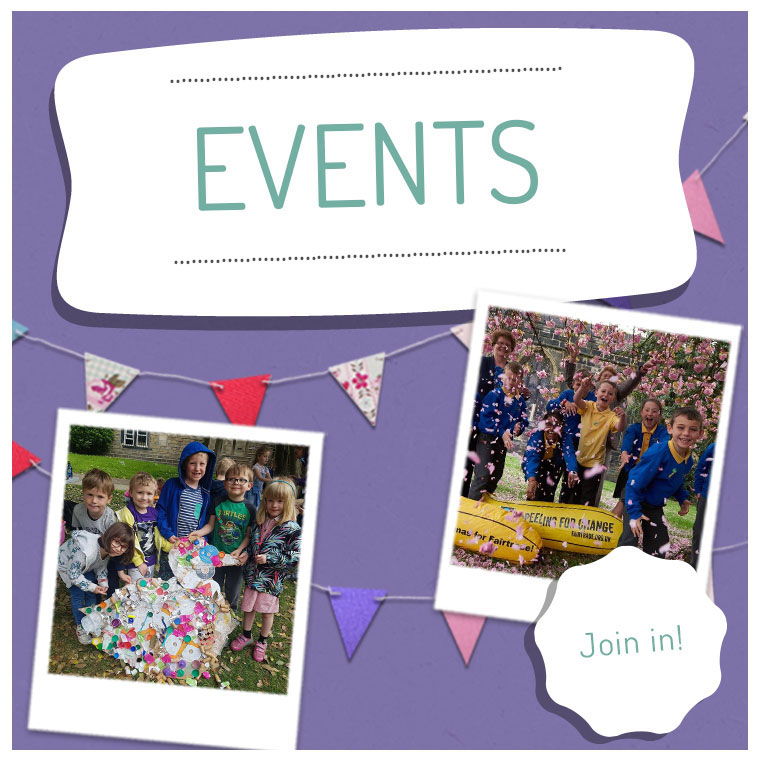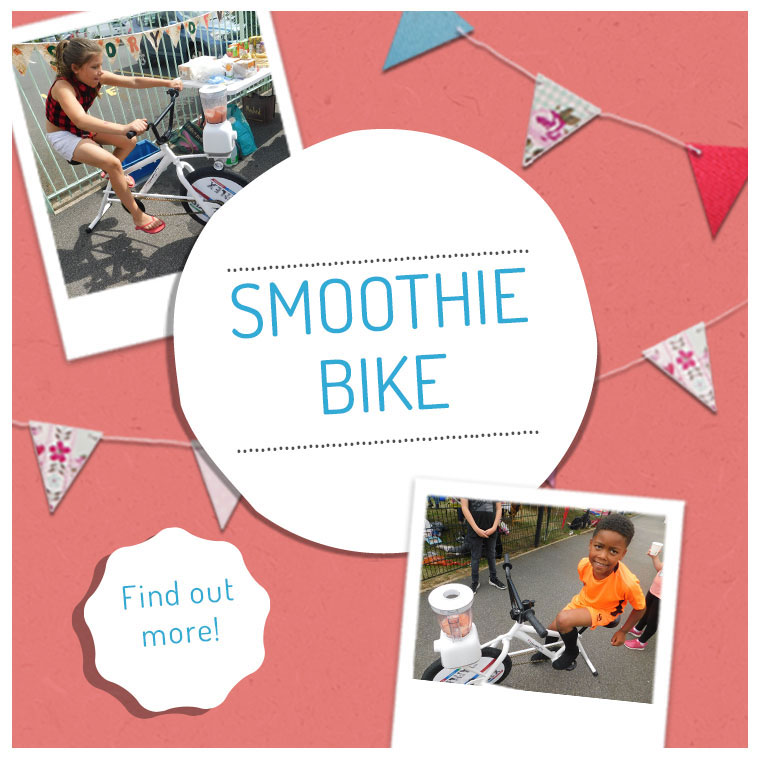











During One World Week we are hosting a series of guest blogs from people and organisations who work to make a difference in the world; people who connect communities through trade, and through friendship.
The theme for One World Week 2013 is “More than enough?” Our challenge to our bloggers was show how we are all connected. And to demonstrate how if we all think about the actions we take in our local and global societies we do have “more than enough”.
Today we hear from Global Crafts in the USA – and how they connect communities across the world through trade. Fair trade.
“Night and day, black and white – pick any comparison cliché and you’ll be describing the difference between Fair Trade in the US and the UK. We Americans even present it as two words just to make it even easier to confuse with free trade, a term the US masses have heard because of the free trade agreement with Mexico and Canada adopted in the Clinton years. And what could be better than “free?” Certainly not something with “fair” (i.e. mediocre, average, passable, tolerable, satisfactory) in its name. Let’s face it. I only became aware of Fair Trade because I married a Brit.
We started Global Crafts as a local “ethically traded” boutique and a wholesale business out of our garage. In 2003 we joined the Fair Trade Federation, whose members were very eager to buy African fair trade crafts. The wholesale market at this time was comprised of two large non-profits—SERRV and Ten Thousand Villages, which offered one-stop shopping from many countries for bricks-and-mortar retail stores—and some small one-country/some-producers businesses and non-profits that had a connection that drove their business. We opted for the multiple-country model. Wanting to expand our offering, we became members of the WFTO, primarily to find new fair trade producers but also increase our awareness of the global Fair Trade movement. We currently work with about 40 producer groups in 18 countries.
But here’s the rub. The definition of “More than Enough” is the American consumer. More money, more choices, more stuff. The US has the consumers but not the understanding (nor frankly the interest) of Fair Trade. And there is no elevator speech that explains the complexity of the movement. So we and other US-based businesses struggled in fair trade retail stores with pictures of smiling artisans, waiting for customers to ask, “What is Fair Trade?” And then we’d recite the Fair Trade principles as their eyes glaze over.
But in the last few years, Fair Trade businesses and non-profits in the US have had an epiphany. Sell products that consumers pick up, try on, or put in their homes, because they love them, not because they’re fair trade. And importers/wholesalers have responded with products that are trendy, unique, and high-quality. It’s a little sneaky, but it gets products to the mainstream consumers, who eventually may read the tag about the artisan and pat themselves on the back for contributing to the good of society by buying something they wanted. And just maybe they will start looking specifically for fair trade products because they have decided that Fair Trade means high-quality, trendy, unique and something they must have. “
And if YOU have decided that Fairtrade is high quality, trendy, unique and a must have then shop with fairandfunky! We stock a range of products (bags, jewellery, fish! And more!) from Global Crafts UK (the sister company! YOU can be part of the global community. You can change the world.